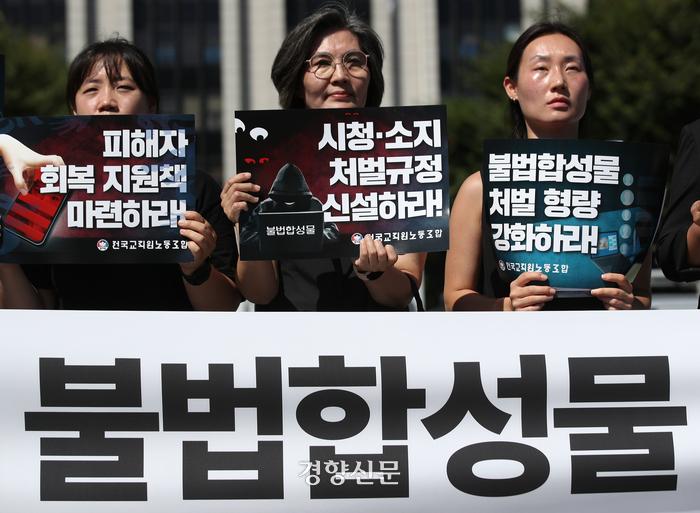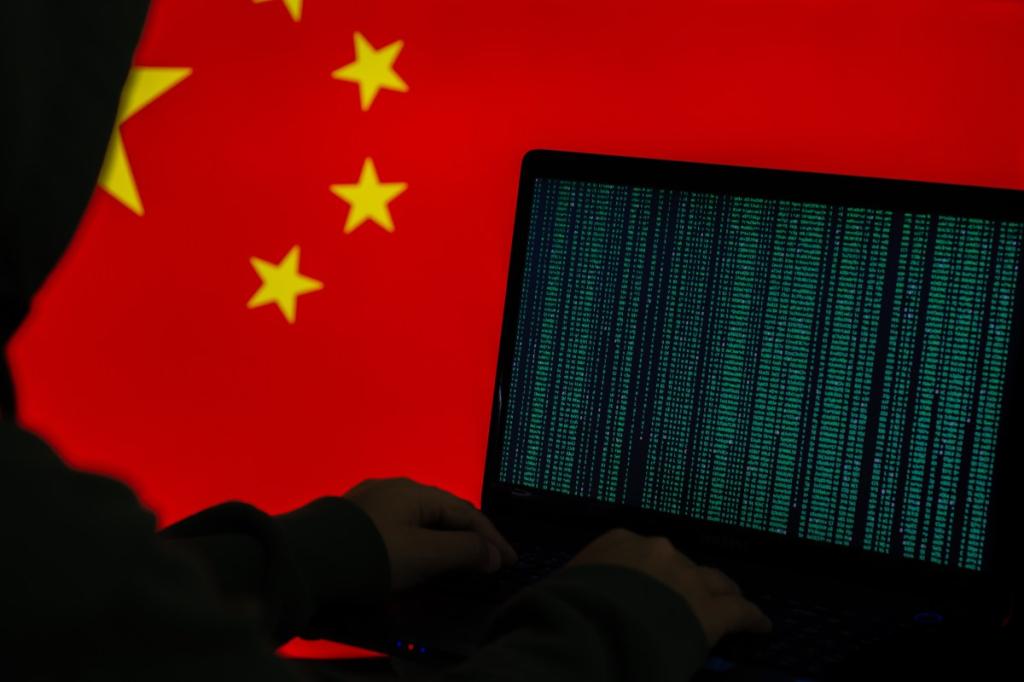Unmasking Deepfake Exploitation and Its Alarming Impact
Discover the rising threat of deepfake exploitation and its devastating impact on minors, demanding urgent action and awareness in our digital age.

Key Points
- The alarming rise of deepfake sexual exploitation significantly threatens minors, with 36.9% of support requests coming from individuals under 18.
- Anonymity on social media platforms like Telegram
enables perpetrators to exploit victims easily, creating a climate of fear and insecurity.
- Urgent legislative reforms and educational initiatives are necessary to address gaps in existing laws and enhance awareness of digital safety.
In today's digital landscape, the advent of technology has brought with it an unprecedented ability to manipulate images and videos, giving rise to a phenomenon known as deepfake. Recent reports have highlighted the unsettling reality of deepfake-based sexual exploitation, particularly affecting minors and vulnerable individuals. As these disturbing incidents continue to rise, it raises a critical question: is society and its governing institutions doing enough to combat this growing threat?

The Growing Epidemic of Deepfake Exploitation
Statistics reveal a troubling trend: from 781 requests for support related to digital sexual crimes in Korea, a staggering 36.9% involved minors under the age of 18. This represents a sharp increase over recent years, illustrating that the accessibility and ease of creating deepfake material are contributing to a spike in victimization. The rise of generative artificial intelligence (AI) has made it all too simple for individuals to create illegal content, further complicating matters.
For example, in a recent investigation, approximately 400 schools across South Korea were named in a list of institutions potentially affected by deepfake practices. The implications of this widespread issue are profound, as victims include children, teachers, and even military personnel. With perpetrators often using platforms like Telegram, which provides a veil of anonymity, more victims remain unreported and unaware of the dangers.
The Role of Social Media and Anonymous Platforms
The anonymity provided by social media is a double-edged sword. While it can foster connection, it also enables perpetrators to exploit vulnerable individuals without recognition. Various Telegram channels have emerged that specifically target women, utilizing their photos for malicious intent. Such acts inflict profound psychological harm, as victims grapple with feelings of fear and violation.
As detailed in testimonies from victims, the emotional toll is immense. One victim reported experiencing panic upon discovering her own face had been combined with explicit content, leading to a sense of insecurity in what should be private realms of existence. This dynamic is indicative of a larger societal issue where the digital space is increasingly seen as a battleground for consent and safety.
The Government's Response: A Delayed Reaction
Despite public outcry and widespread awareness of the deepfake crisis, governmental responses have often been reactive rather than proactive.
's call to "root out digital sex crimes" is a welcome sentiment, but many citizens are left wondering why substantial actions were not undertaken sooner.
Numerous reports indicate that the majority of offenders face minimal consequences, often receiving light sentences or even being released without charge. Furthermore, the existing legal framework allows for significant gaps; simply viewing or sharing such materials does not directly incur legal penalties. This critical loophole must be addressed to ensure accountability for those who exploit technology for harm.
Changing the Conversation: Awareness and Education
To combat this growing crisis, society must engage in serious discussions about consent, digital identity, and the implications of technology-driven manipulation. Education plays a vital role here, particularly among younger populations who are regular users of social media. Programs aimed at raising awareness about the dangers of deepfakes and the importance of privacy could potentially alter how this crisis evolves.
Schools, parents, and community organizations should collaborate to foster environments where discussions about digital safety can thrive. By doing so, it is possible to create a more informed and resilient youth, better equipped to navigate the challenges presented by modern technology.
Conclusion: The Path Forward
The evidence is clear: deepfake exploitation is a growing concern with potentially devastating impacts on victims. With the increase in incidents and the ease with which these materials can be created and disseminated, it is essential for all sectors of society—including government, educators, and the general public—to take decisive action to address this issue. By promoting education, strengthening legal frameworks, and fostering open dialogue about consent and digital responsibility, we can work towards a safer digital environment for everyone.


